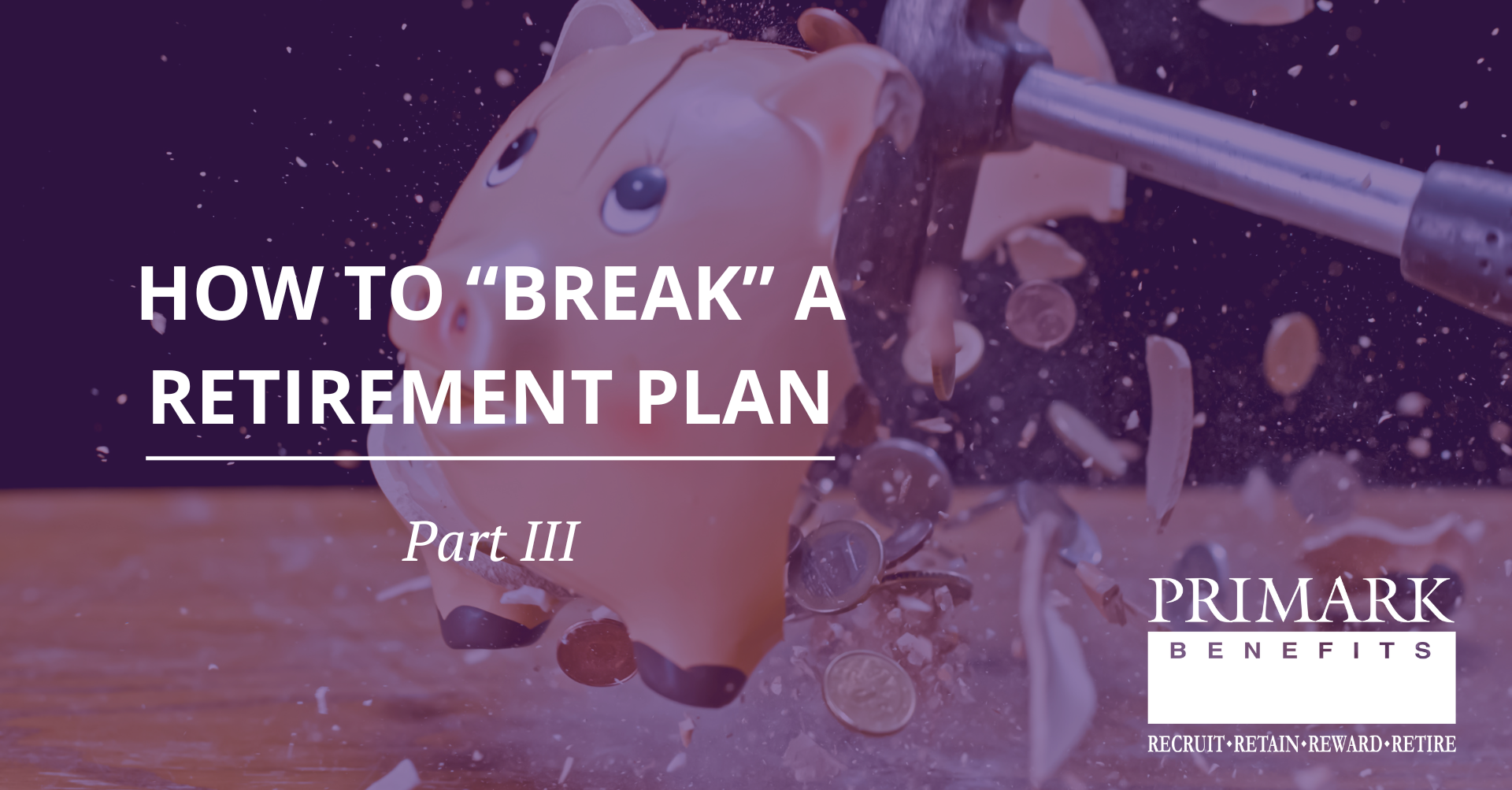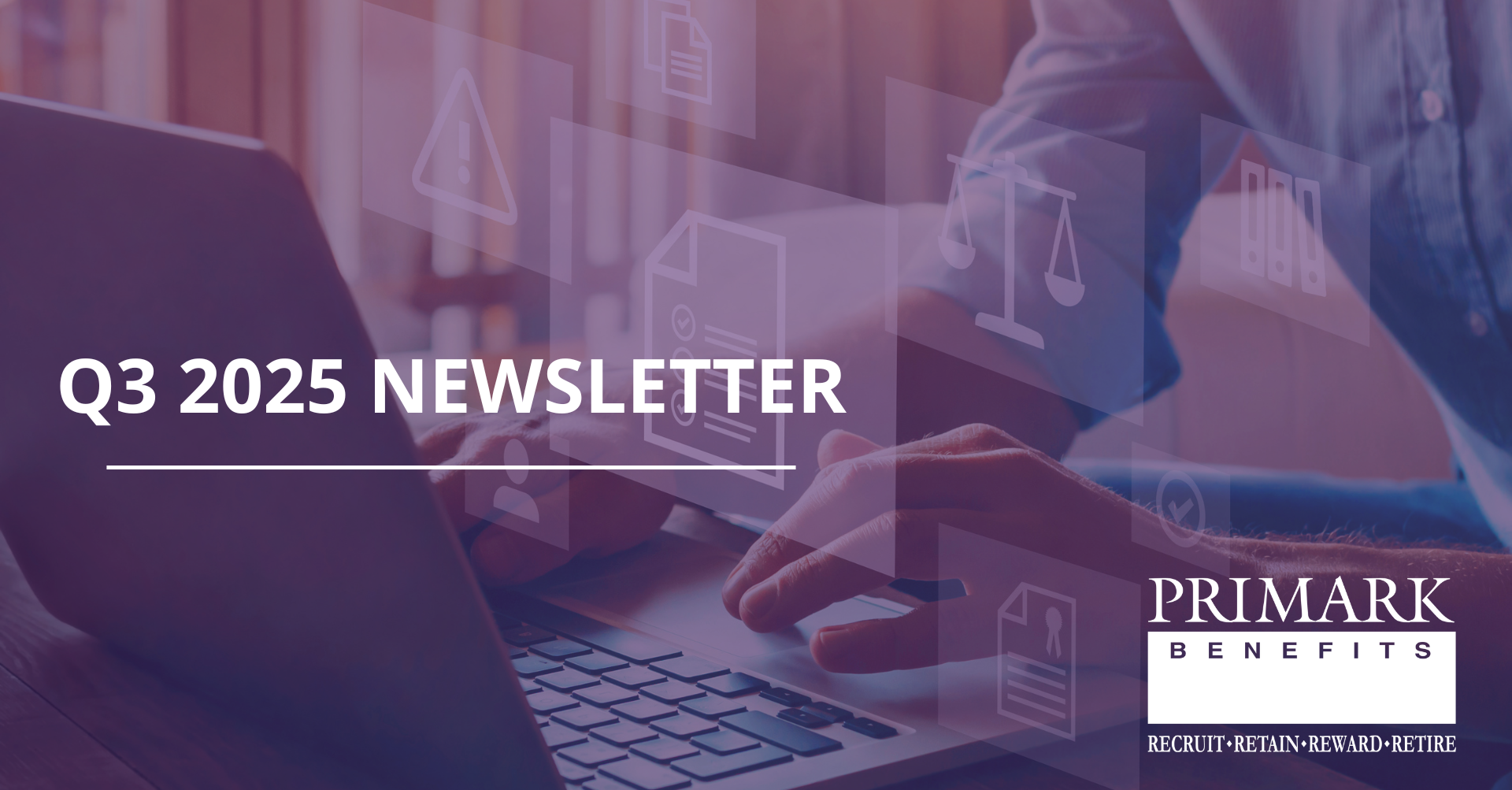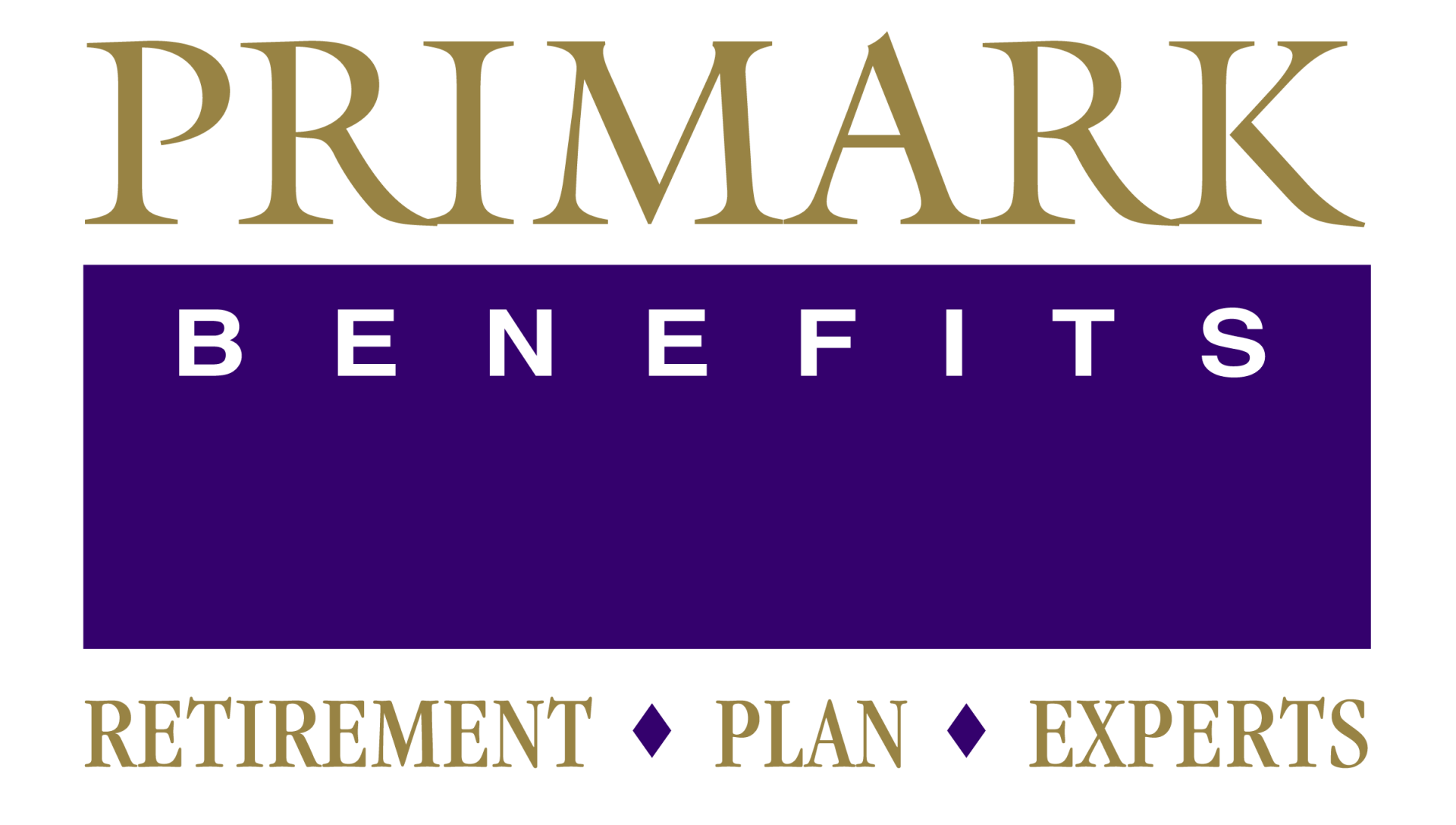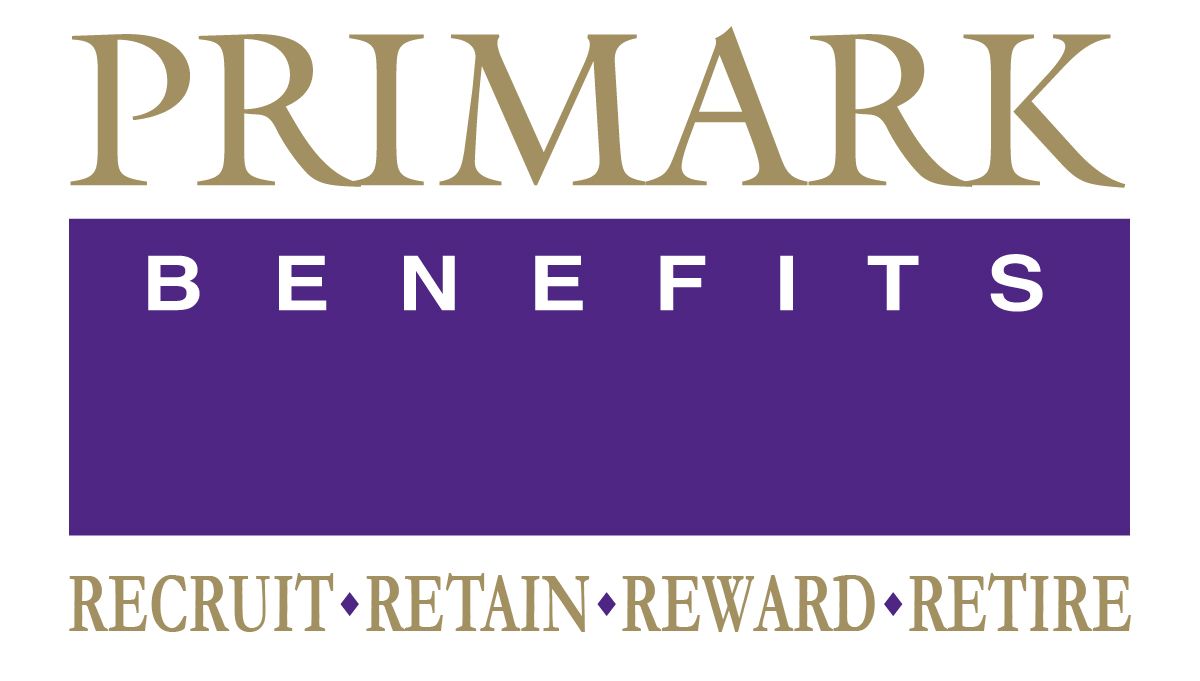Retirement Plan Myth-Busting, Part I
Navigating the numerous retirement plans offered in the marketplace can be confusing, even before considering the many myths surrounding the topic. In our work with clients, we hear about these misconceptions that often steer employers in the wrong direction.
In this first installment of an ongoing “myth-buster” blog series, we address three of the most common retirement plan myths that we hear.
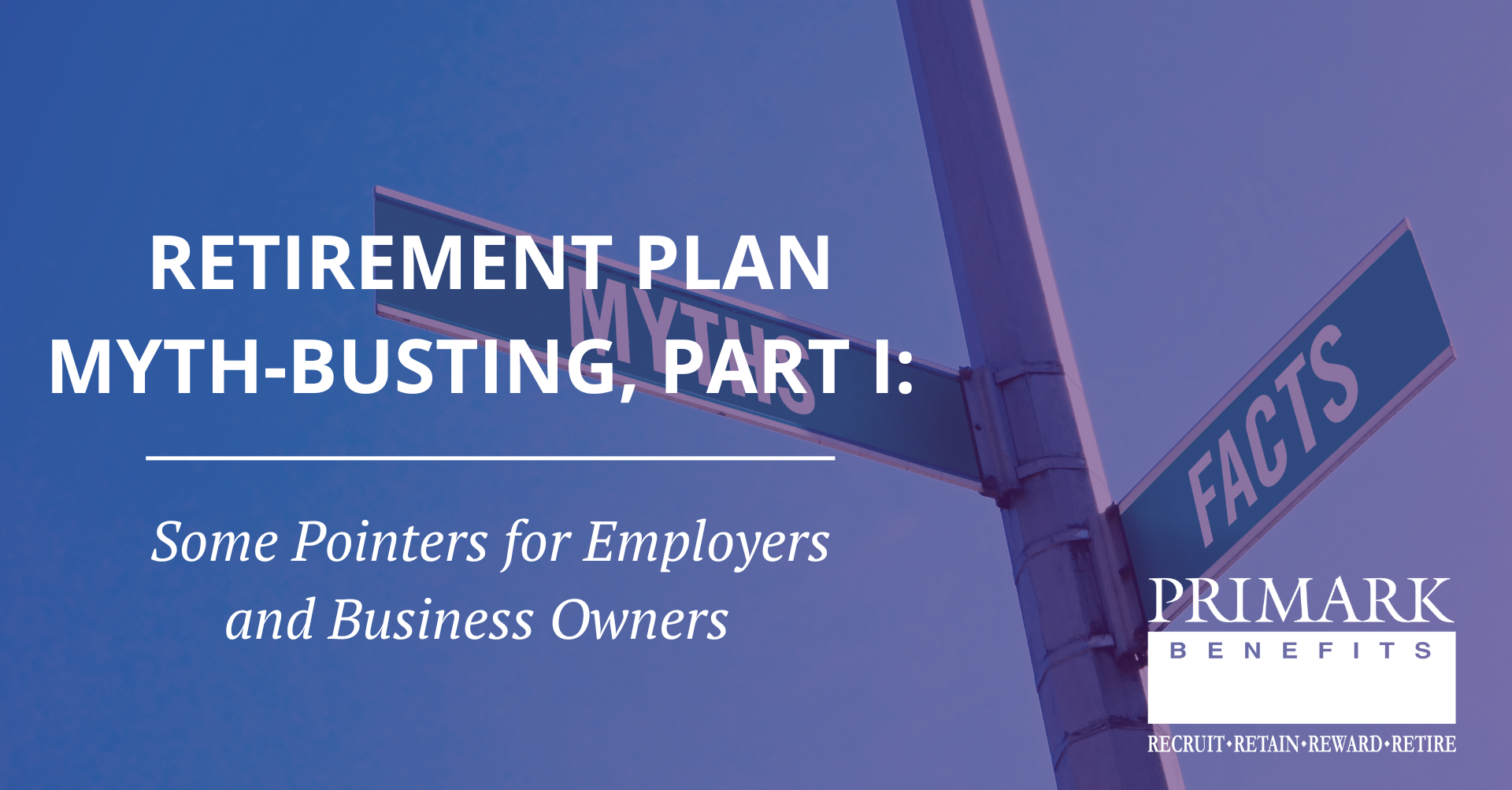
Myth #1: “Retirement plans are expensive.”
Reality: It’s important to distinguish between costs and results -- depending on the complexity of the plan and the level of service, the costs associated with starting and maintaining a retirement plan can vary widely. “Cheaper” plans often come at the expense of compliance, knowledge, or service levels.
Plans with more complex designs, such as those that favor certain populations, or that distinguish between various staff types, do often have higher ongoing costs associated with them.
And in addition, in the past four to five years, plans have become more affordable than ever, thanks to multiple tax credits and declining fees, outlined below.
- Tax Credits for:
- Startup (i.e., new) Plans: When an employer offers a retirement plan for the first time, the federal government offers a tax credit. As of 2025, the credit amount is between $500 and $5,000 per year, depending on a number of factors; the credit may be applied to the first three years of the plan. Knowing that initial cash outflow can be offset by tax deductions and credits helps many companies gain the motivation to start offering this valued employee benefit.
- Automatic Enrollment: An additional $500 federal tax credit is available for up to three years for plans that include an automatic enrolment feature. This applies to both existing and startup plans. Plans as small as one person may qualify.
- Employee Contributions: Four plan types, including 401(k) and 403(b) plans, are eligible for a tax credit based upon employer contributions, made on behalf of non-highly compensated employees.
- Off-loaded fees: As another method of reducing the cost burden to the employer, ongoing administrative and compliance costs can be charged to participants (employees). In fact, about 99% of plan fees nationwide are typically paid from plan investments, not by the employer.
- Historically-Low Costs for Investments: Industry-wide, investment fees have dropped dramatically over the last 10–15 years, making plans more cost-effective than ever.
Myth #2: “My company is too small to justify having a retirement plan.”
Reality: Plans can actually be designed for businesses of any and all sizes, starting as small as one employee and / or owner, with some plans offering specific advantages for smaller businesses. Employers have more flexibility than ever to find a solution that fits their workforce and budget.
Some states, like California and Washington, have begun implementing legislation that requires employers with as few as one employee to offer a retirement savings program. Employers can default to these state-run options, though they often don’t allow for employer contributions and typically have lower contribution limits. Another alternative is to select a plan with more robust options, such as a 401(k), that has advantages for both the employer and employees.
Myth #3: “Administering a plan is burdensome.”
Reality: Though plan administration and compliance can be complicated, outsourcing to specialized third-party providers cuts through the complexity. Expert partners help ensure compliance, streamline operations, and make the overall experience smoother for both the employer and plan participants.
In an upcoming article, we will dig more into the topic of third-party providers.
In conclusion
As a business owner, it’s important to offer benefits that allow you to recruit, retain, reward and retire the best talent possible. At Primark Benefits, we’ve seen that an effective way to do this involves designing a retirement plan that works for both you and your employees, and seeking out the right expertise to support you along the way. When you’re ready to find the best retirement plan solution for your business, our team is ready to help.
